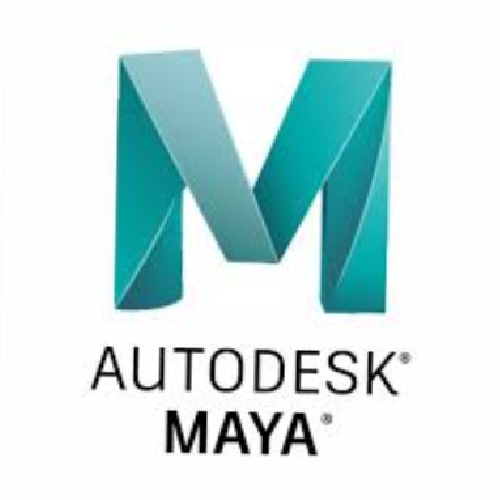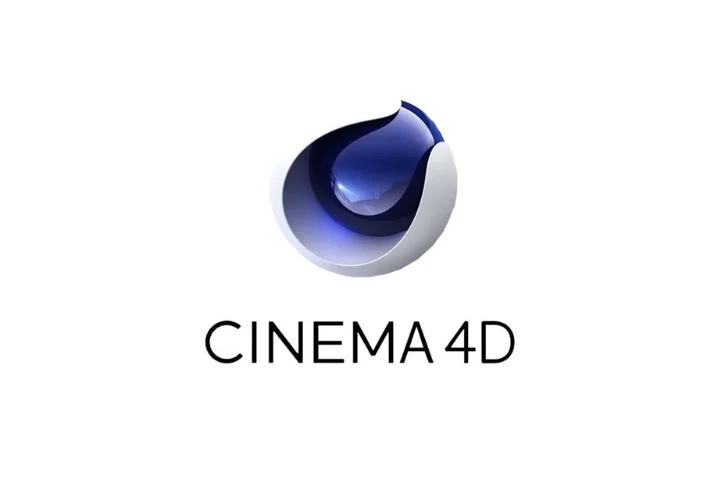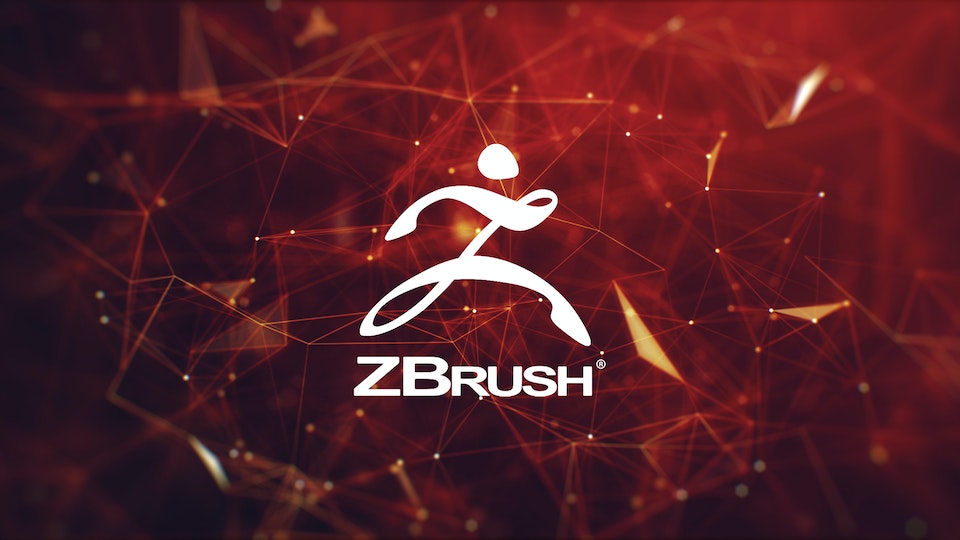
The Best 5 3D Modeling Software in 2024
The real estate industry has been revolutionized by the incredible potential of 3D animation. This cutting-edge technology presents unparalleled advantages for presenting properties, boosting marketing strategies, and elevating client interaction. In this comprehensive blog post, we will delve into five compelling reasons why designers and developers wholeheartedly embrace 3D animation for real estate. Our detailed exploration will shed light on the diverse advantages and practical applications of this game-changing tool.
1. Autodesk Maya
Overview
Autodesk Maya remains a leading choice for 3D modeling, animation, and rendering. Known for its robust toolset and flexibility, Maya is widely used in the film, television, and video game industries.
Key Features
- Comprehensive Modeling Tools: Maya offers a wide range of modeling tools for creating detailed and complex models. It supports both polygon and NURBS modeling, making it suitable for a variety of applications.
- Advanced Animation Capabilities: Maya excels in animation, providing advanced rigging, skinning, and animation tools. It also includes powerful features like motion graphics and character animation.
- High-Quality Rendering: With the Arnold Renderer integrated into Maya, users can produce photorealistic images and animations. Arnold supports interactive rendering, allowing artists to see changes in real-time.
- Scripting and Customization: Maya supports Python and MEL scripting, enabling users to customize workflows and automate repetitive tasks.
Advantages
- Industry Standard: Maya is widely recognized and used in top studios worldwide, ensuring compatibility and a robust support community.
- Versatility: Its comprehensive toolset makes Maya suitable for various industries, from film production to game development.
- Customization: The ability to script and customize tools allows for personalized workflows, enhancing productivity.
Ideal Use Cases
- Film and TV Production: Maya’s advanced animation and rendering capabilities make it ideal for creating high-quality visual effects and animations.
- Game Development: Game studios utilize Maya for character modeling, animation, and environment creation.
- Product Design: Industrial designers use Maya for creating detailed and realistic product models.

2. Blender
Overview
Blender is an open-source 3D modeling software that has gained immense popularity due to its versatility and cost-effectiveness. It is suitable for various applications, including modeling, animation, rendering, and video editing.
Key Features
- Comprehensive Toolset: Blender offers a full suite of tools for modeling, sculpting, animation, and rendering. It supports polygonal, NURBS, and procedural modeling.
- High-Quality Rendering: Blender includes powerful rendering engines like Cycles and Eevee. Cycles is a path-tracing engine that produces photorealistic images, while Eevee is a real-time engine ideal for interactive previews.
- Animation and Rigging: Blender provides robust animation and rigging tools, including a nonlinear animation editor and automatic skinning.
- Open-Source Community: As open-source software, Blender benefits from a large and active community that contributes plugins, add-ons, and support.
Advantages
- Cost-Effective: Being free and open-source, Blender is accessible to everyone, from hobbyists to professional studios.
- Versatility: Blender’s comprehensive toolset makes it suitable for various tasks, from simple modeling to complex animations and visual effects.
- Active Community: The open-source community continuously improves Blender, ensuring it stays up-to-date with industry trends and innovations.
Ideal Use Cases
- Independent Artists: Blender is an excellent choice for independent artists and small studios due to its cost-effectiveness and comprehensive features.
- Education: Schools and universities use Blender to teach 3D modeling and animation without the need for expensive software licenses.
- Visual Effects: Blender’s powerful rendering engines and animation tools make it suitable for creating high-quality visual effects.

3. Autodesk 3ds Max
Overview
Autodesk 3ds Max is a powerful 3D modeling, animation, and rendering software widely used in the architecture, engineering, and construction (AEC) industries, as well as in game development and film production.
Key Features
- Extensive Modeling Tools: 3ds Max offers a wide range of modeling tools, including spline, polygon, and subdivision surface modeling. It also supports procedural modeling with its robust modifier stack.
- Advanced Animation Tools: The software includes advanced animation tools such as keyframe and procedural animation, character rigging, and skinning.
- Photorealistic Rendering: 3ds Max integrates with rendering engines like Arnold, V-Ray, and Corona, allowing users to produce high-quality, photorealistic images.
- Simulation and Effects: 3ds Max includes tools for creating particle effects, dynamics, and simulations, making it suitable for visual effects and complex animations.
Advantages
- Industry Use: 3ds Max is widely used in the AEC and game development industries, ensuring robust support and compatibility with other software.
- Powerful Rendering: Its integration with industry-leading rendering engines enables the production of high-quality, photorealistic visuals.
- Flexibility: 3ds Max’s extensive toolset and modifier stack provide flexibility for various modeling and animation tasks.
Ideal Use Cases
- Architectural Visualization: 3ds Max is a popular choice for creating detailed and realistic architectural visualizations and walkthroughs.
- Game Development: Game developers use 3ds Max for character modeling, animation, and environment creation.
- Film and TV Production: The software’s advanced animation and rendering capabilities make it suitable for creating high-quality visual effects and animations.

4. Cinema 4D
Overview
Cinema 4D, developed by Maxon, is a professional 3D modeling, animation, and rendering software known for its user-friendly interface and powerful features. It is widely used in motion graphics, architectural visualization, and visual effects.
Key Features
- Intuitive Interface: Cinema 4D is known for its intuitive and user-friendly interface, making it accessible to both beginners and professionals.
- Robust Modeling Tools: The software offers comprehensive modeling tools, including polygonal, spline, and volumetric modeling. It also supports parametric modeling and procedural workflows.
- Advanced Animation Tools: Cinema 4D includes powerful animation tools, such as keyframe animation, character rigging, and motion graphics tools like MoGraph.
- High-Quality Rendering: The software integrates with advanced rendering engines like Redshift and V-Ray, enabling the production of high-quality, photorealistic images.
Advantages
- Ease of Use: Cinema 4D’s intuitive interface and straightforward workflow make it an excellent choice for artists and designers.
- Motion Graphics: The software’s MoGraph toolset is particularly popular in the motion graphics industry, allowing for the creation of complex animations and effects.
- Integration: Cinema 4D integrates well with other software, such as Adobe After Effects, enhancing its versatility in production pipelines.
Ideal Use Cases
- Motion Graphics: Cinema 4D is a top choice for motion graphics artists due to its powerful MoGraph toolset and intuitive interface.
- Architectural Visualization: The software is also used for creating detailed and realistic architectural visualizations.
- Visual Effects: Cinema 4D’s advanced animation and rendering capabilities make it suitable for creating high-quality visual effects for film and television.

5. ZBrush
Overview
ZBrush, developed by Pixologic, is a digital sculpting software that excels in creating highly detailed models and textures. It is widely used in character modeling, concept art, and game development.
Key Features
- Advanced Sculpting Tools: ZBrush offers powerful sculpting tools that allow artists to create intricate details and textures. It supports both polygonal and voxel-based workflows.
- Dynamesh and ZRemesher: These features enable dynamic tessellation and automatic retopology, making it easier to create and refine complex models.
- Polypainting and Texturing: ZBrush includes advanced polypainting and texturing tools, allowing artists to paint directly on the model’s surface.
- Rendering and Compositing: The software includes a built-in renderer, BPR (Best Preview Render), and supports integration with other rendering engines.
Advantages
- Detail and Precision: ZBrush is known for its ability to create highly detailed and precise models, making it ideal for character modeling and concept art.
- Flexibility: The software’s dynamic tessellation and retopology tools provide flexibility in the modeling process.
- Industry Standard: ZBrush is widely recognized and used in top studios worldwide, ensuring compatibility and a robust support community.
Ideal Use Cases
- Character Modeling: ZBrush is the go-to software for character modeling and sculpting in the film and game industries.
- Concept Art: Artists use ZBrush to create detailed concept art and prototypes.
- Product Design: Industrial designers use ZBrush for creating detailed and realistic product models.

Conclusion
In 2024, the landscape of 3D modeling software offers a range of powerful tools catering to different needs and industries. Autodesk Maya, Blender, Autodesk 3ds Max, Cinema 4D, and ZBrush are among the best options available, each excelling in specific areas such as animation, rendering, sculpting, and modeling.


